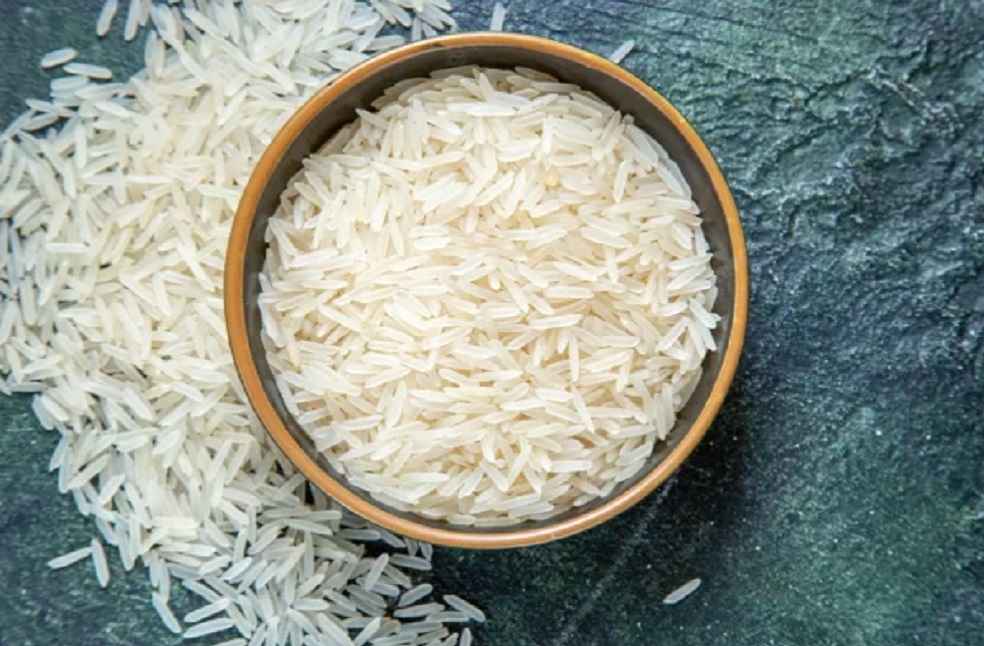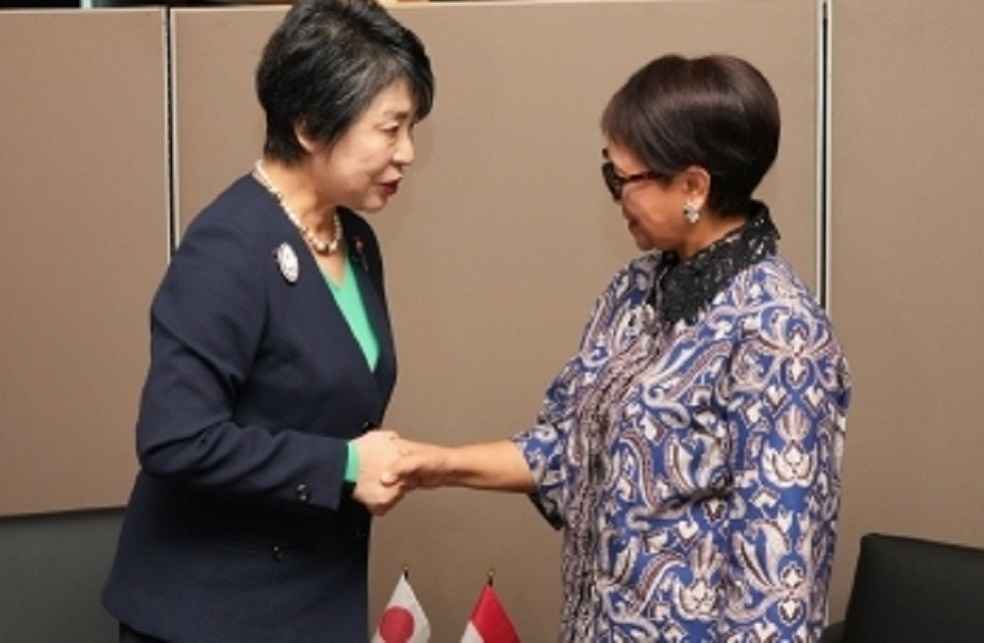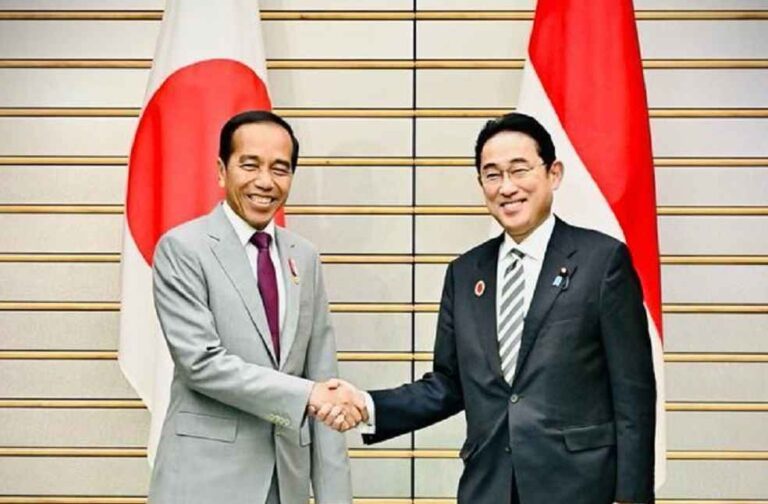A crucial decision by Indonesia to accept a low-tariff quota of 8,500 tons for Japanese rice imports marks a vital shift in the Japan-Indonesia economic alliance. This move emerged from an elite conference between Japanese Prime Minister Fumio Kishida and Indonesian President Joko Widodo.
Part of a larger overhaul of the existing economic partnership agreement (EPA) established in 2007 and revisited in 2015, this agreement paves the way for a robust expansion of Japan’s rice exports. Notably, Indonesia’s tariff rate will be around ¥4.3 per kilogram within this quota. Considering Japan’s modest export of 39 tons of polished rice to Indonesia in 2022, this agreement opens a significant avenue for trade growth.

The revised EPA brought forth several other critical changes. Japan consented to remove import tariffs on Indonesian canned tuna and bonito flakes and expand tariff-free quotas for bananas and pineapples. Reciprocally, Indonesia agreed to reduce or eliminate import tariffs on 19 Japanese industrial goods, notably including automobiles and steel. This reflects a deepening trade relationship.
Further enhancements to the EPA encompass updates to e-commerce and intellectual property regulations, adapting to the dynamic needs of global trade and the digital economy.
Beyond trade, Japan’s commitment to Indonesia’s maritime security was a key outcome of the leaders’ dialogue. Japan will provide a large patrol ship to Indonesia, emphasizing the strategic value of Indonesia and Japan’s role in fostering regional stability.

Complementing these developments, Japan’s promise of grant aid totaling approximately ¥9 billion to Indonesia, formalized through an exchange between Foreign Ministers Yoko Kamikawa and Retno Marsudi, signifies Japan’s investment in Indonesia’s broader development and security.
The revised EPA and the accompanying security and aid agreements mark a new era of Japan-Indonesia relations, highlighting a model for future Asian partnerships in an increasingly interconnected world.
DON’T MISS IT | Coal Demand Drops by 2026: Renewable Energy’s Rising Tide



